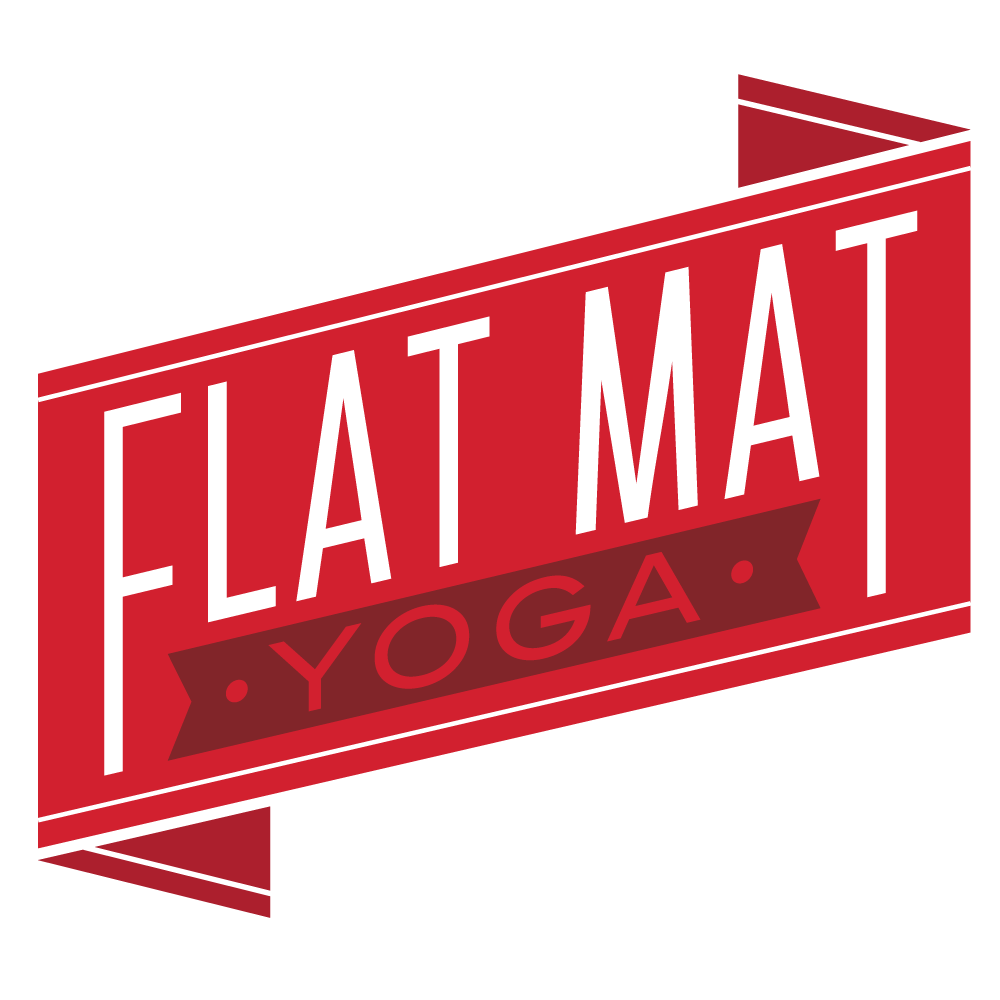I know, I know: you’ve been standing for 20 or 30 years or more. You probably don’t need any tips, right? Then again, how many times have you commented about pain in your ankles, knees, or hips? How we use our feet can affect all of those joints, and since they’re are already taking a beating when you skate, anything you can do to give them a break is a good idea.
On Facebook, I shared a blog post that my friend Sophie wrote about how to position your weight in your feet to make your knees happier. If you haven’t had a chance to take a look, it’s worth a few minutes of your time. One of the main ideas is that most of us stand with our weight positioned more toward our toes, when in reality, our weight should be shifted back over our heels in order to stack our joints (read: keep them happy and safe).
Now, let’s add to that the fact that when we skate in one direction all the time, we’re balancing on our outer left foot and inner right arch for more than a few hours a week, so we’re compounding that uneven distribution of our weight.
It’s suddenly starting to seem less weird to talk about how to stand, isn’t it?
In the video below, I’ll give you a live view of some of what Sophie described, plus steps for how to better use your feet and shift your weight to where it should be.
Time to kick off your skates or shoes and practice standing again!

